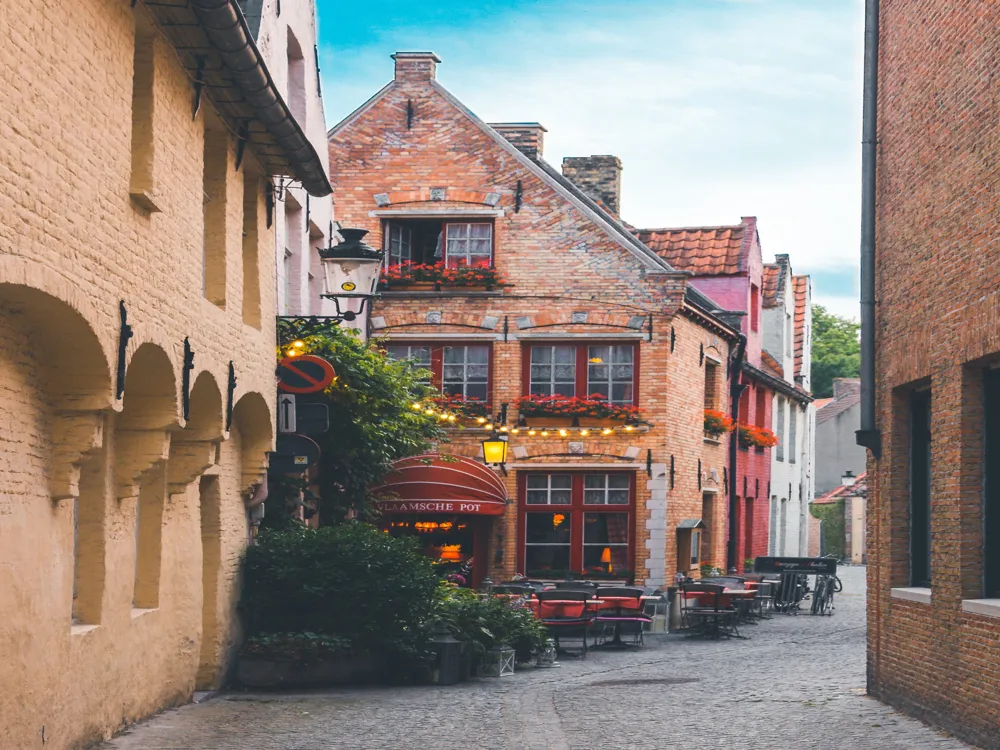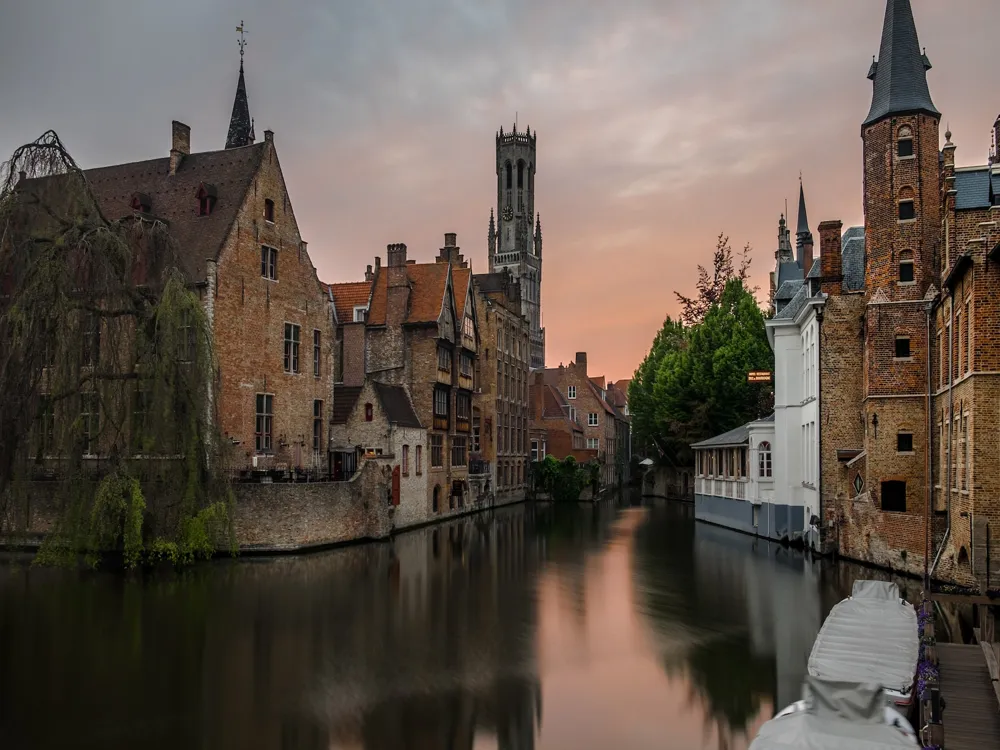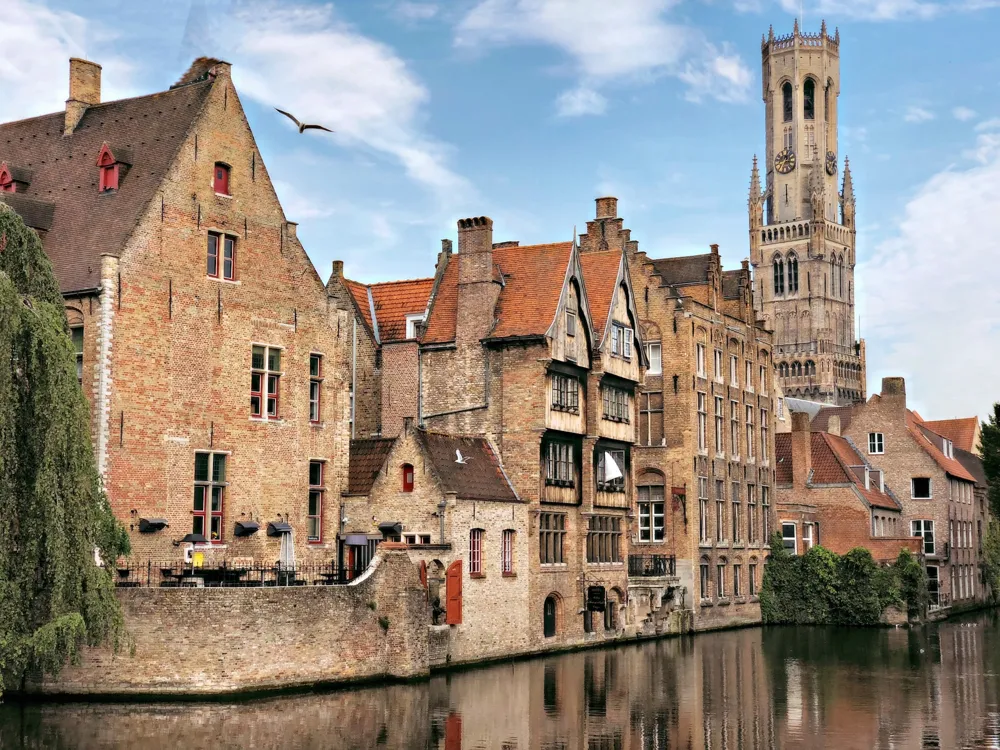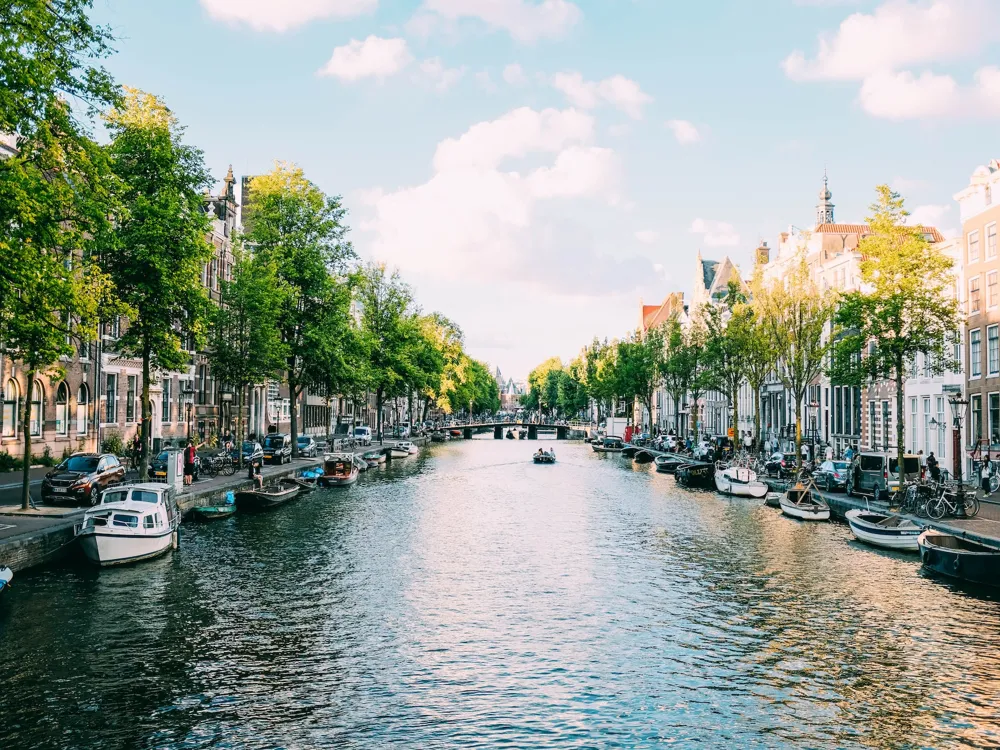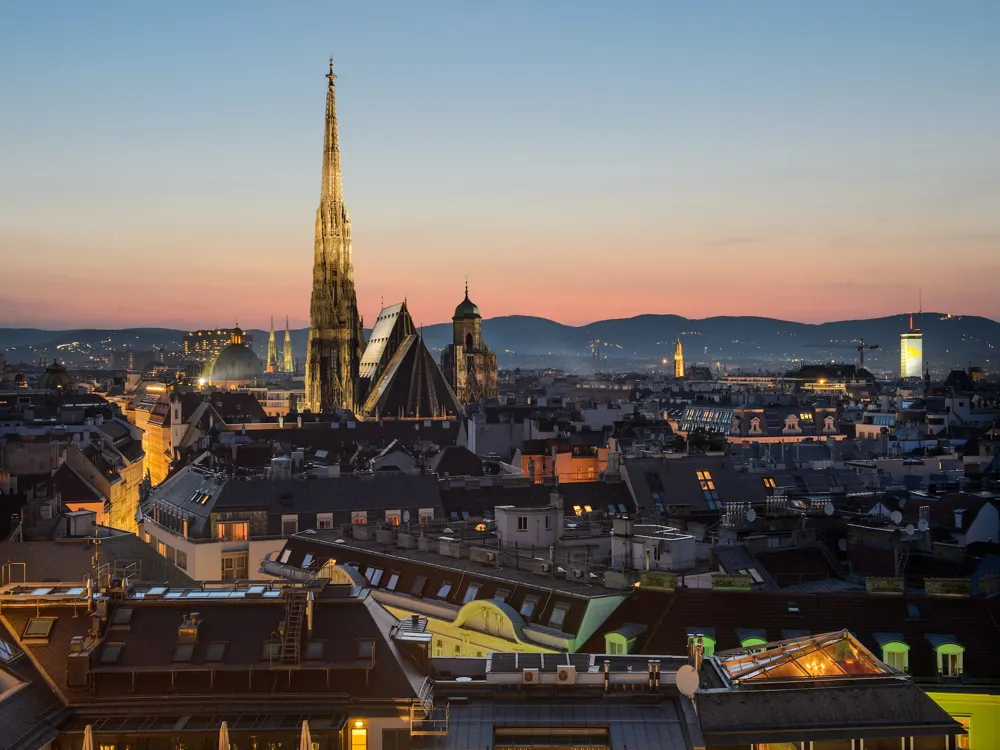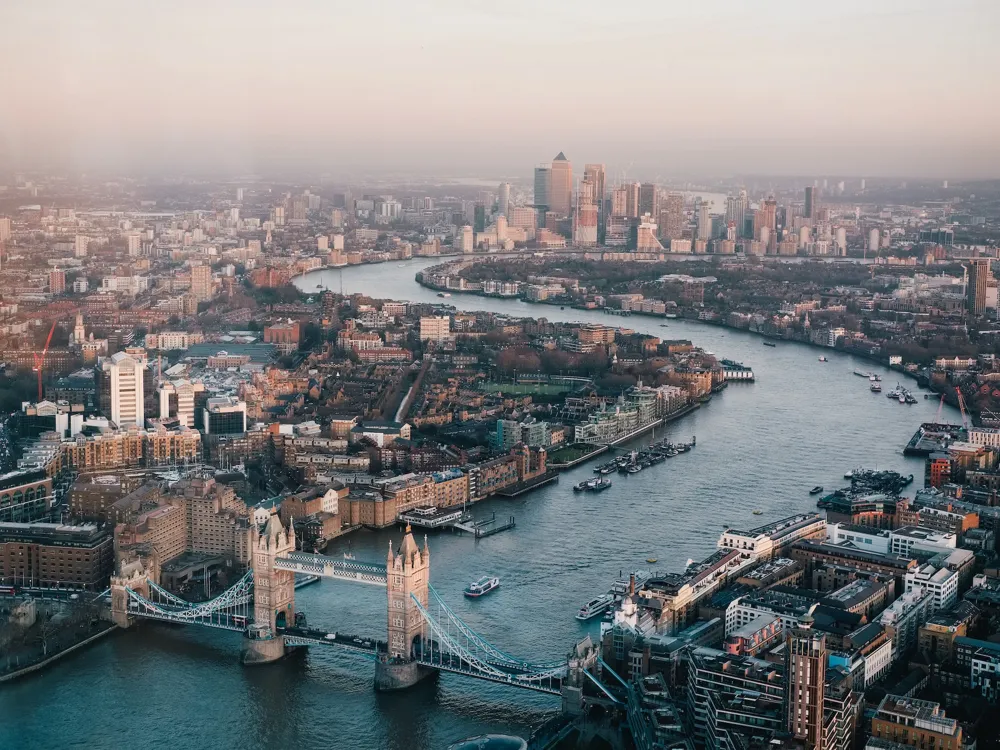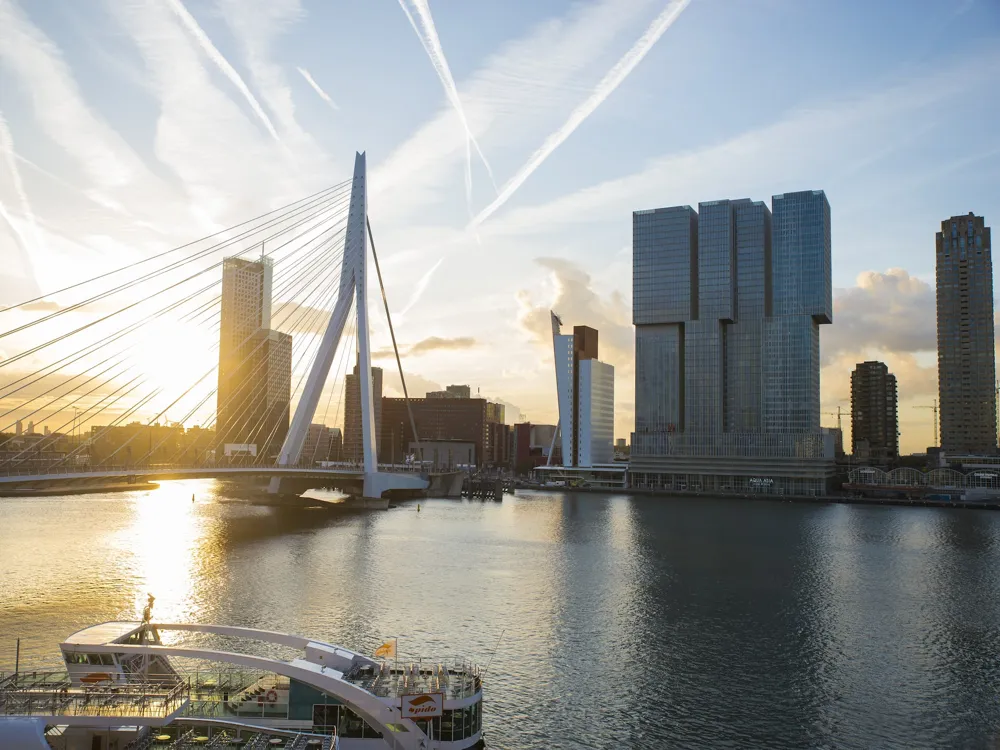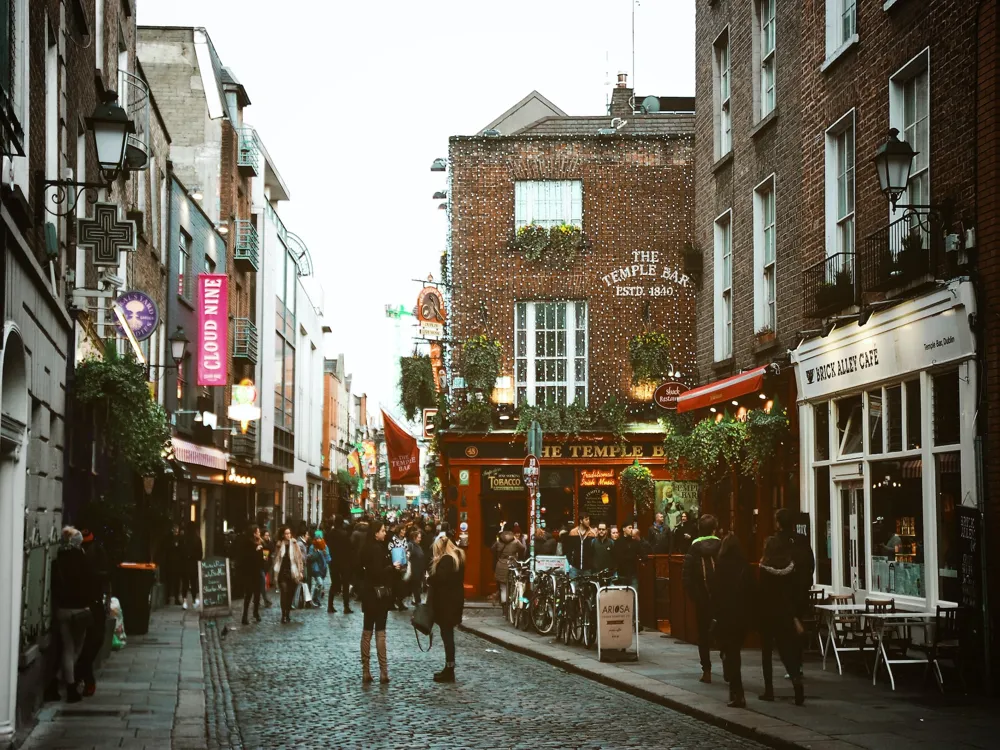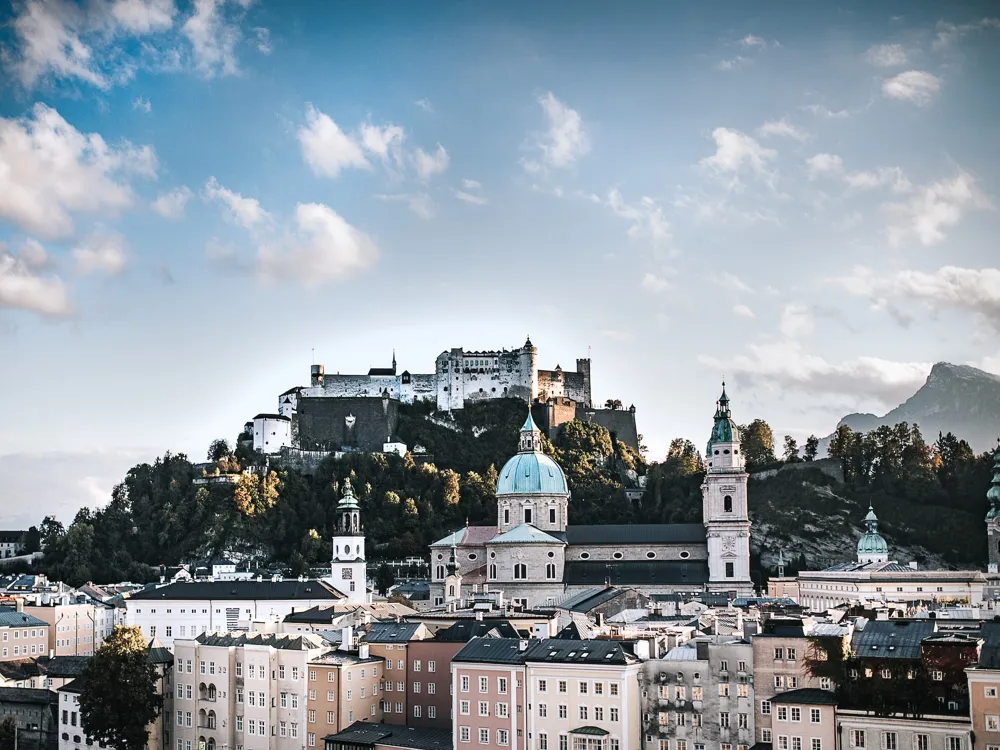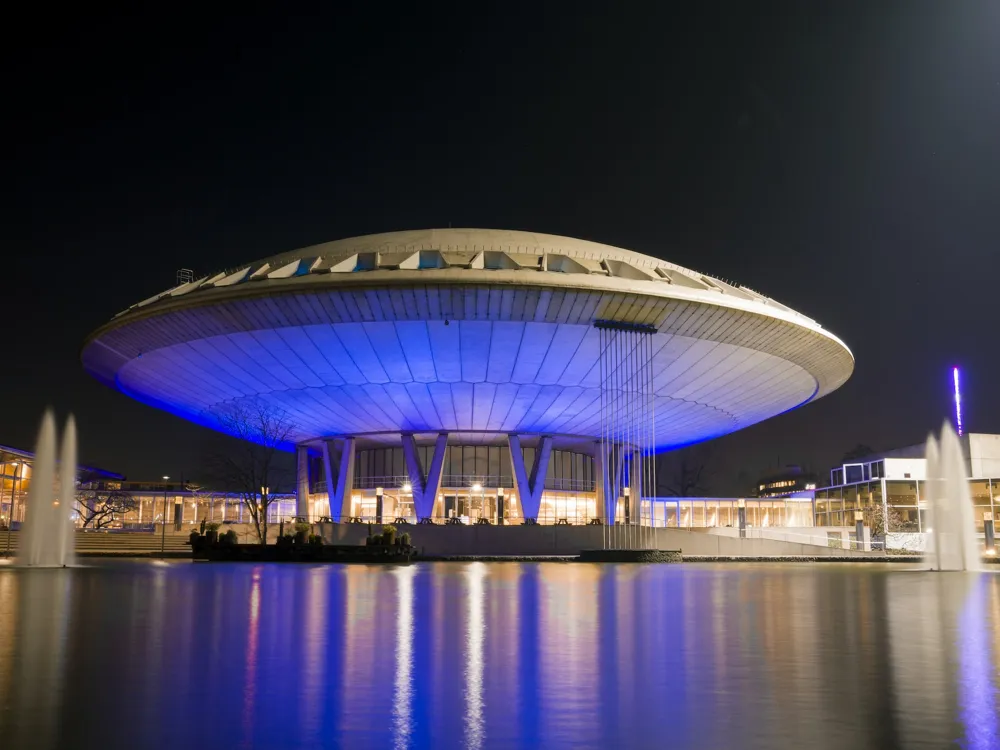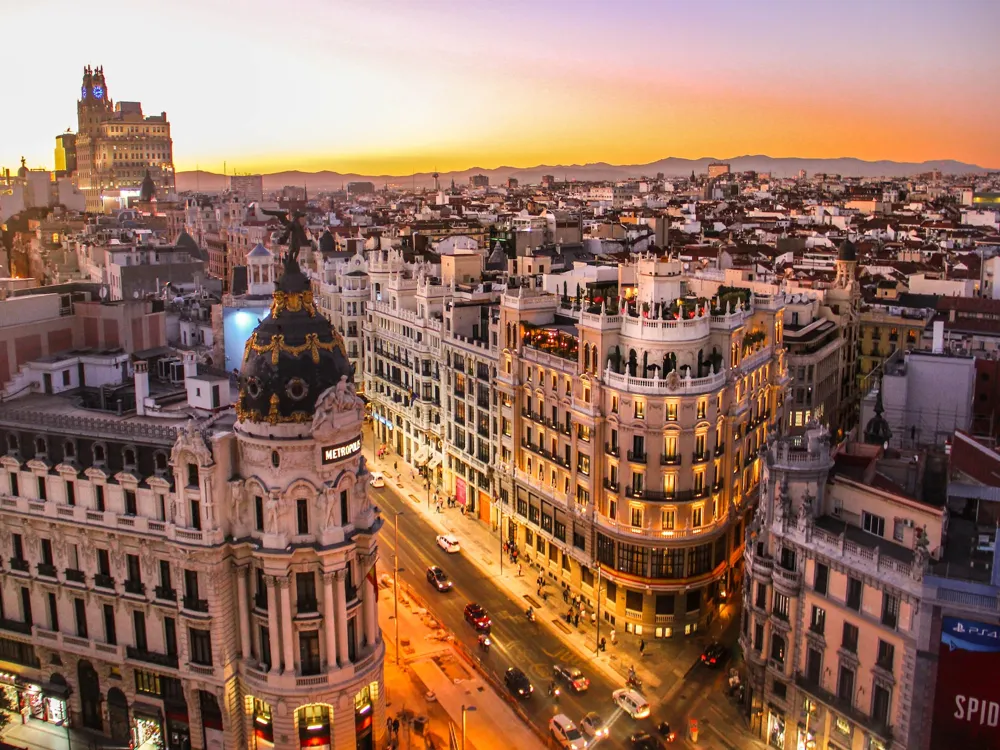Plan Your Travel To Bruges
Places To Visit In Bruges
Old St. John's Hospital
Old St. John's Hospital is popularly known as Memling Museum, where people from all over the world come to see the Flemish painters work on religious matters and sculptures. The six paintings - including the famous wooden St. Ursula Shrine - are showcased in the infirmary of the hospital.
Founded in the mid-12th century, this medieval hospital started as a place for caring and rest of the sick and tired. Only later, in the 19th century, when the building was expanded did it convert into a proper hospital with eight wards in total. This building stopped the operations of the hospital in 1977 when it was shifted to a better complex in Brugge-Sint Pieters. It was then handed over to the Bruges government which then converted it into a museum of sorts. This hospital is located at a distance from all other attractions. It houses six paintings of Hans Memling, various other artworks - furniture, sculptures, silverware, pewterware, medical instruments, apothecary and hospital records showcasing how hospitals functioned back in the medieval age. The pharmacy has also been preserved to represent its Golden Age functioning to visitors.
Read More
Church of Our Lady
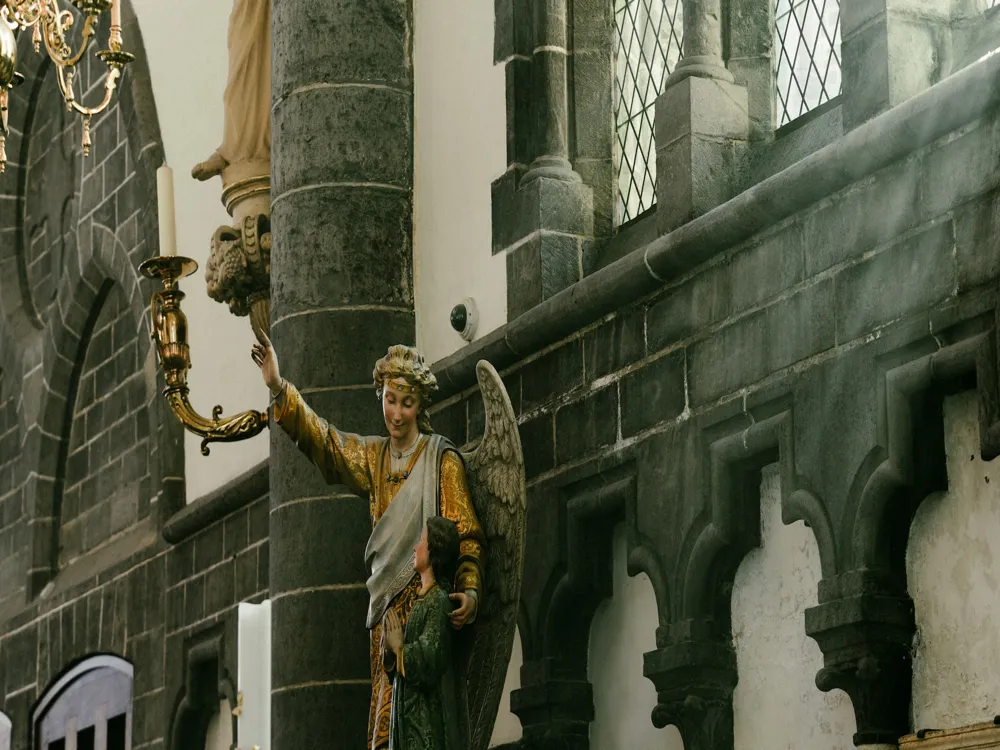
Onze-Lieve-Vrouwekerk translates to the Church of Our Lady, is a 13th, 14th and 15th-century church, characterised by a very high brick tower. Built over two centuries, the church in itself is a great work of captivating architecture. It is located in the Steenstraat Quarter of Bruges. It is the tallest structure in Bruges.
Michelangelo's, renowned Madonna and Child is nestled in the southern aisle within the walls of this church. Showcased within are innumerable paintings and mausoleums of Charles the Bold and his daughter, Mary Burgundy.
Read More
Ramparts Bruges
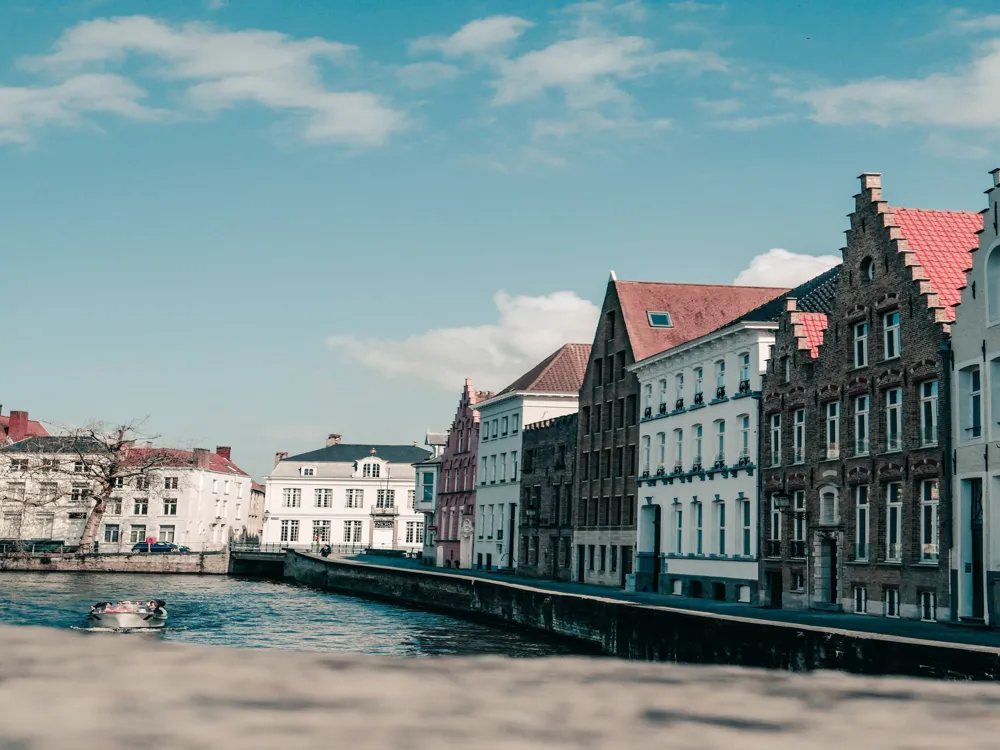
The ramparts are a 7 km long cluster of parks that were initially a set of military fortifications around the city of Burges. The parks are constructed around the urban metropolis - a scenic circle of 3350 trees along with cycling and walking tracks for those who would prefer to walk or ride bicycles across these aesthetically maintained parks.
The ramparts are evidence of the growth of the city itself such that they are one of the most significant constructions of Burges. An ingenious modification of the 19th century, the ramparts around the city can be divided into various architectural segments: the four city gates (named Ezelpoort, Gentpoort, Kruispoort, Smedenpoort), numerous lock weirs, two water houses, 15th century Poertoren (powder tower) and stone bridge, the four windmills in the north-east left from the 11th century, the Minnewater park and the cluster themselves. Two modern bridges were also built for pedestrians in 2002. All these brick and mortar constructions interspersed with nature’s gifts - trees and bushes and lawns and grass makes it is tough to curb the urge to go and give this magnificent 26,000 acres of pure tranquillity a visit.
Read More
Quay of the Rosary
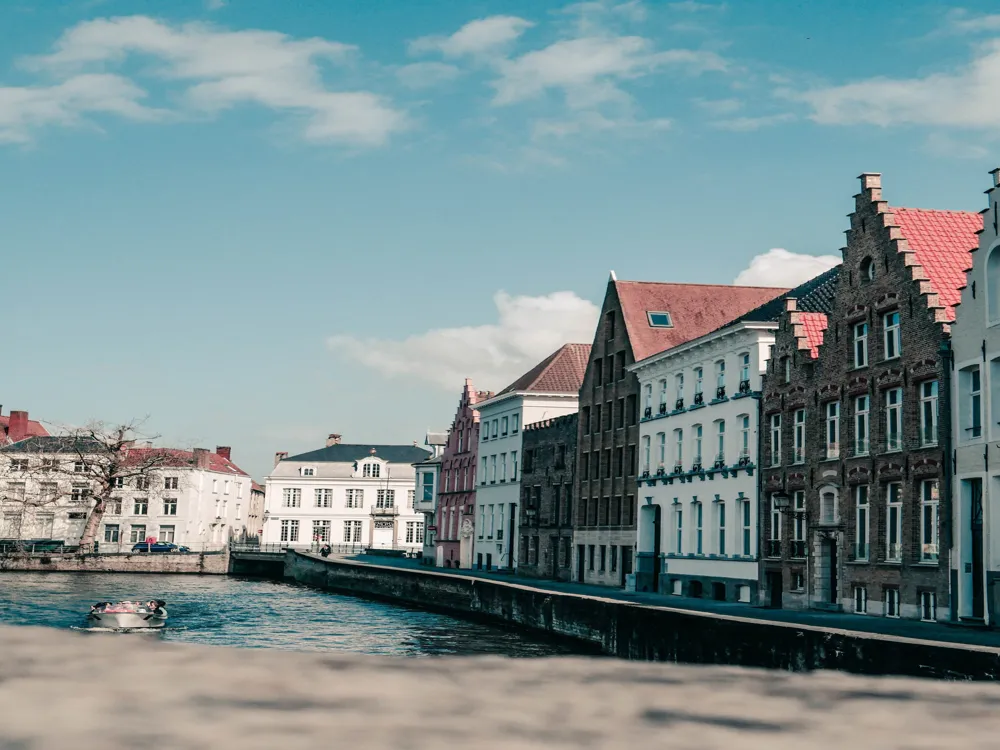
Rozenhoedkaai has the title of being the most photographed place in all of Bruges. One can then decide to engage in various other activities such as eating around or walking around or just relaxing with a bottle of beer in their hands at one of the cafes located around the canals. The street is located right in the centre of the city.
The street was named Rozenhoedkaai in the 18th century. One can easily travel to all the other places in the city after paying their utmost visit to the manifestation of Bruges itself: the view from the street. When one searches Bruges on the internet, mostly all the images that appear show a canal in the backdrop of aesthetically aligned medieval buildings. This very image of Bruges is photographed from the street of Rozenhoedkaai, also known as Quay of the Rosary. The Rozenhoedkaai is not just beautiful when captured through certain angles and lightings in the camera; it is mesmerizing and charming even at first glance through a naked eye. It is the perfect place for all your Instagram-worthy photographs and the best location to experience the old, vintage charm that is still common to Bruges. It is a blend of old era buildings and modern facilities: proper cafes, hotels, boat tours such that it makes for a complete escapade.
Read More
Saint-Salvator Cathedral
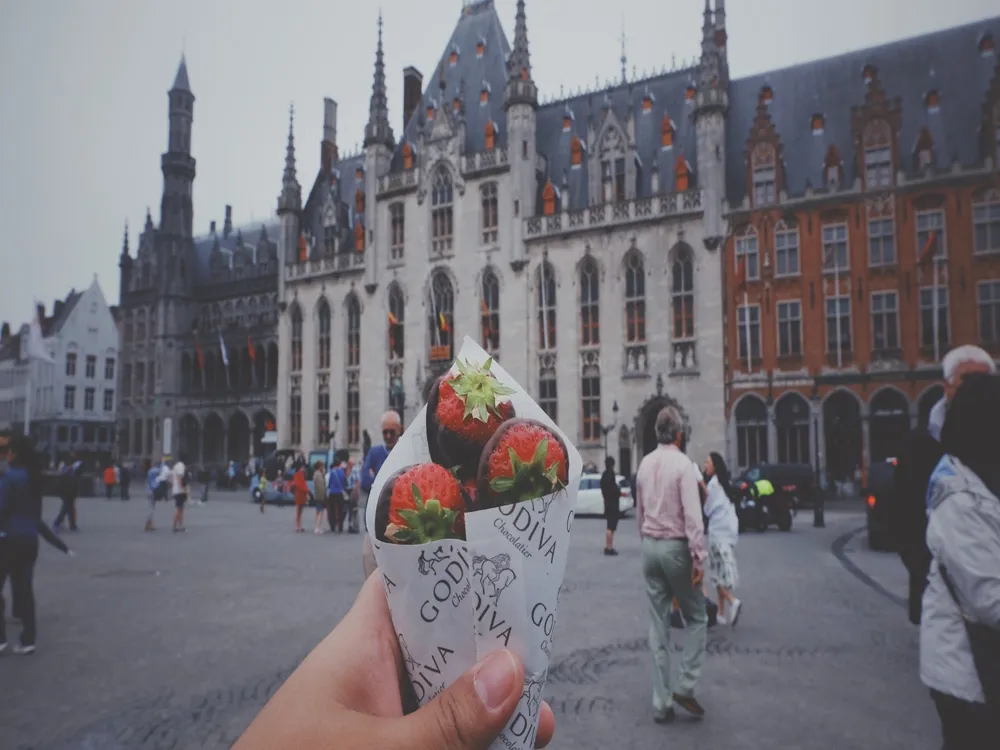
The Saint - Salvator’s Cathedral is located at a small distance from all the central attractions at Bruges. It carries a lot of cultural, religious and historical significance in the city of Bruges. Some of the significant collections kept in this church are Martyrdom of the Holy Hippolytus by Dieric Bouts, Hugo van der Goes, Mother of Sorrows by Jan Van Eyck, Portrait of King Charles by Barend van Orley and various other paintings.
It is the oldest parish church in Bruges since the 10th century and was raised to the cathedral of Bruges in 1834. It has been reconstructed multiple times to give it its modern look: tall towers and neo-Romanesque style. This church replaced the old cathedral: St. Donation’s Cathedral after it was destroyed during French Colonization. Other artistic elements of the church include tapestries, murals, Gothic choir stalls, pulpit, rod loft with an organ, the chapel of Saint Jacob and so on.
Read More
Sint-Jacobskerk
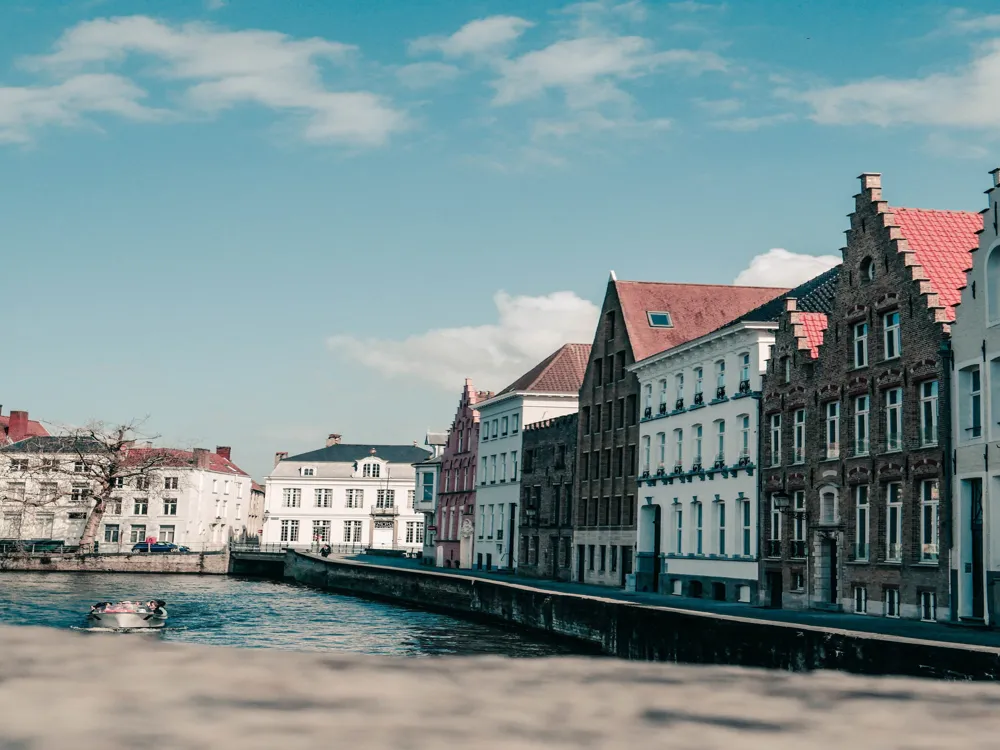
Sint-Jacobskerk is a church, famous among art lovers and architect enthusiasts as it houses some of the most prominent 16th and 18th-century furnishings and artworks. It is located northwest of the centre of the city, and its tall towers make up a considerable part of the Bruges’ skyline.
A 13th-century construction, the Saint James Church, dedicated to St. James of the Apostle was built in gothic fashion mixed with Renaissance style. It came to be a parish church after a massive expansion of it to match with the ever-growing opulence of the Flemish crowds back in 1459. This expansion was patroned by the Duke of Burgundy. In its famous architecture, it holds a splendid pulpit, a pipe organ, high vaulted interior, funerary goods, vestments, engraved brasses from the 16th century and a central tower made of bluish-grey Tournai stone. Some of its artworks are - the statue of Virgin and Child, a prominent Christian icon, dressed in ornate robes. The church is also sometimes wrongly known as the Saint Jacob Church because Flemish language uses the same words for both terms - Jacob and James. This church is another example of Bruges’ rich history.
Read More
Unique Museums
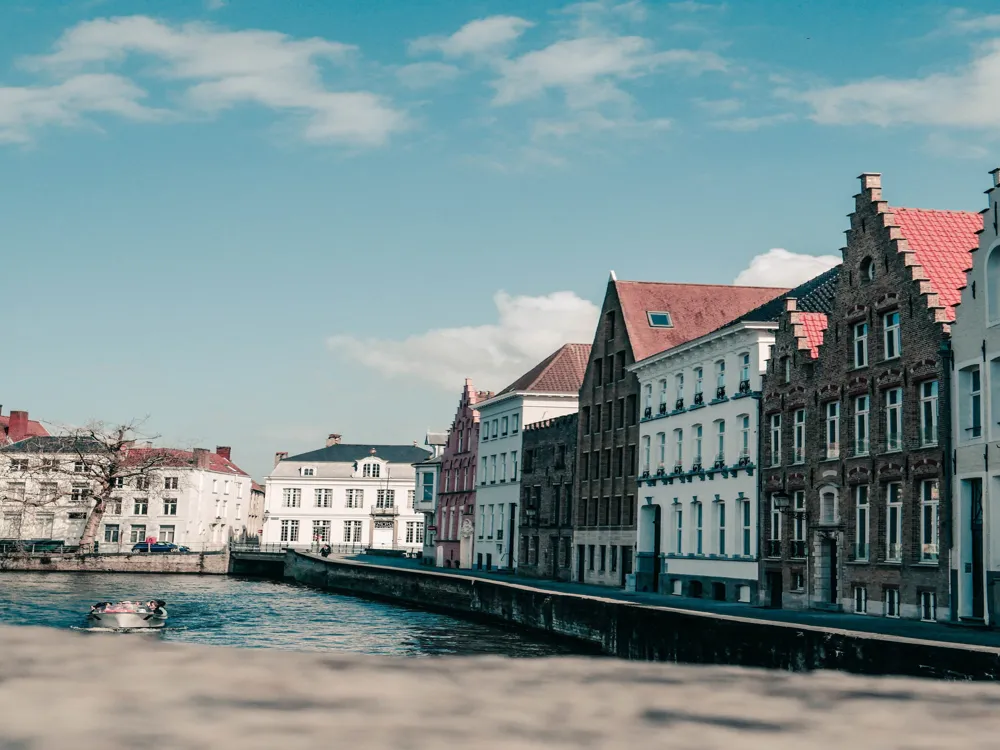
The Bruges Beer Museum, Friet Museum, Diamant Museum, Choco-Story, and Kantcentrum are experiences that are very distinct from the usual art galleries and historical monuments. They are located at a small distance from each other.
The Bruges Beer Museum is located at the top of the old post office building in Markt Square and is a fairly new addition. It opened its doors in 2014 to recount the history of beer in an innovative way, coupled with tasting samplers by the end of the tour. Choco-story or the Chocolate Museum will take you through the history ofchocolate and cocoa beans, dating back to when it was used as Aztec currency. Tracing its origin in America to its popularity in Europe, you ought to be curious about your favourite sugary delights. Watch how chocolate is made and needless to say, sink your teeth into some sinful decadence. FrietMuseum or Belgian Fries Museum is a glance into the history of this popular junk, clearing your misconception as to its origin (read Belgian). What more, you can enjoy a discount on fries in the basement of the same building on showing your entry ticket. The Diamant Museum - Watch the various techniques of diamond cutting and polishing, used in Bruges centuries ago. You can appreciate diamonds in their raw form as you observe them through microscopes in the laboratory. No free samples here though! Kantcentrum - The lace centre is a busy workshop and offers demonstrations of traditional lace making. Testimonies from international lace experts explain the different types of lace and their respective origins. You will be introduced to the complexities of 'spellenwerk', the art of making lace with pins and bobbins. Laceworks are available for purchase and are priced quite high for the manual labour invested.
Read More
Adornes Domain
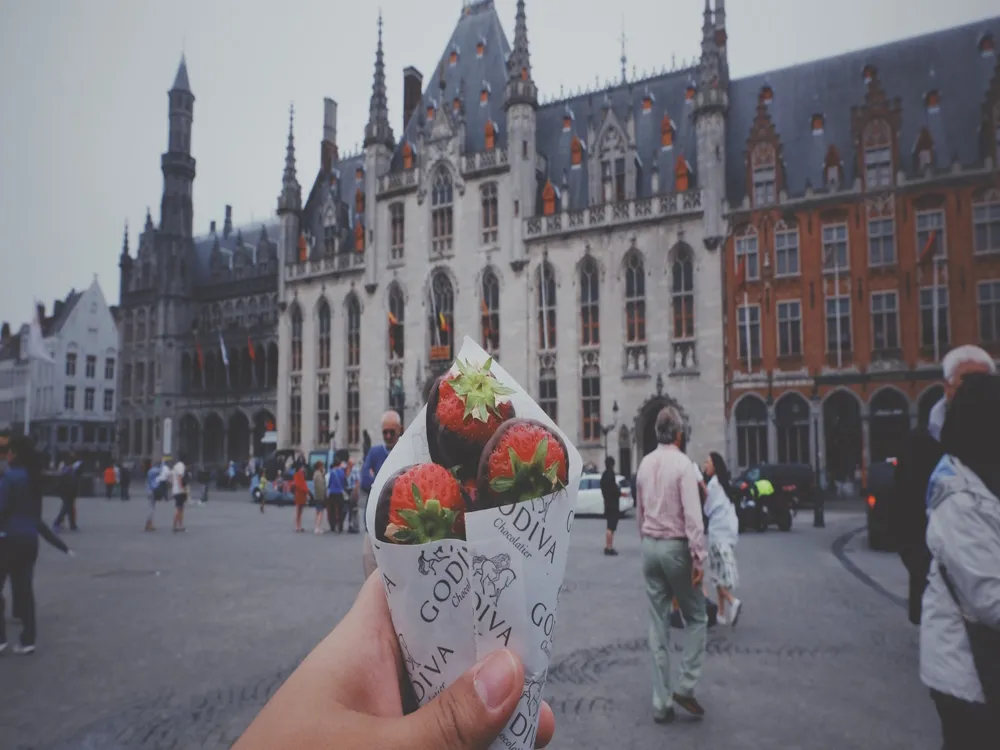
The Adornes Domain is a medieval estate of the Adornes family that dates back to the Middle Ages. TThis well-preserved domain, located in the almshouse, now as a museum, gives an account of how the city was in its yesteryears. A thorough 12-minute explanatory video and ornate sculptures dive deeper into the history of the city.
he Adornes family built an estate that includes almshouses, the Jerusalem Chapel, and a mansion. They have owned this domain for over 600 years and, it is still a part of the family. A 45-minute to 1-hour tour around the museum ends at a Scottish Lounge, where you can enjoy refreshments of your choice and relax. The domain is also popular for its timely exhibitions, unforgettable concerts, and engrossing events. If you’re looking for a private tour with guides, book an appointment and have it availed in advance.
Read More
Belfry
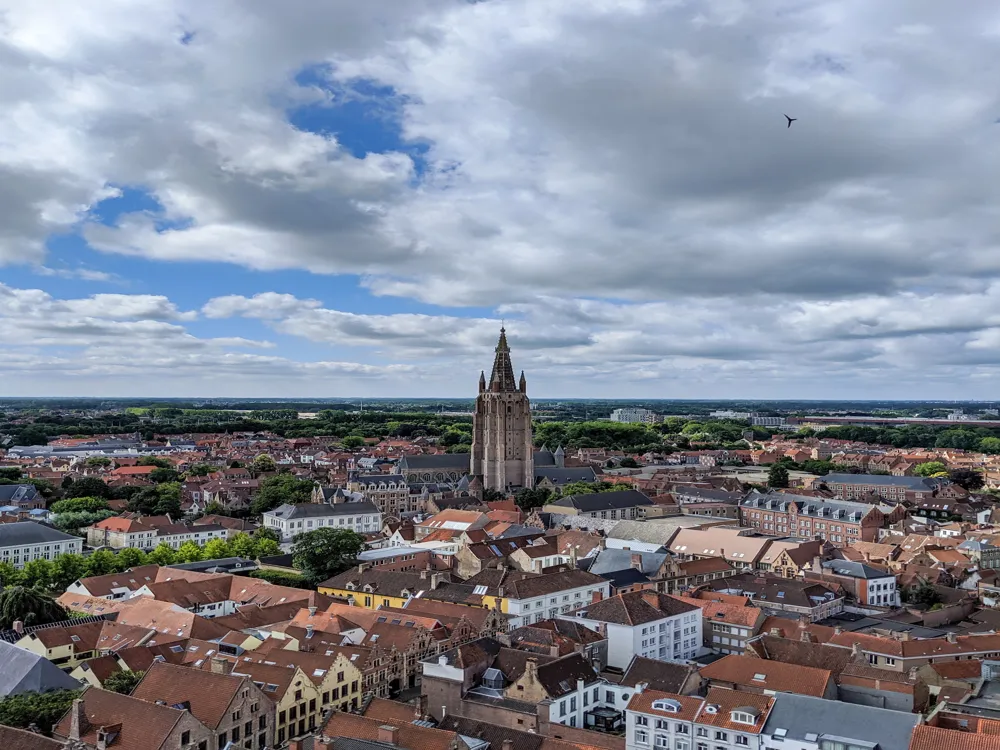
Belfort, also known as Belfry, is an 83 meters tall bell tower that stands in the centre of Bruges in Belgium. Belfry was made into the UNESCO World Heritage List in 2000, making it one of the most renowned symbols of the city. The tower promises an astounding panoramic view after a satisfying 366-step climb.
A carillon became a part of the medieval tower in the 16th century. These mellifluous bells once modulated the lives in the city by indicating the time through regulated ringing. On the way up to the crest, you can look at the treasury that once housed the city charters and municipal archives. A few more steps up to the scenic beauty will reveal the majestic music drum that steers the carillon, the sound of which is produced by a keyboard.
Read More
Bonifacius Bridge
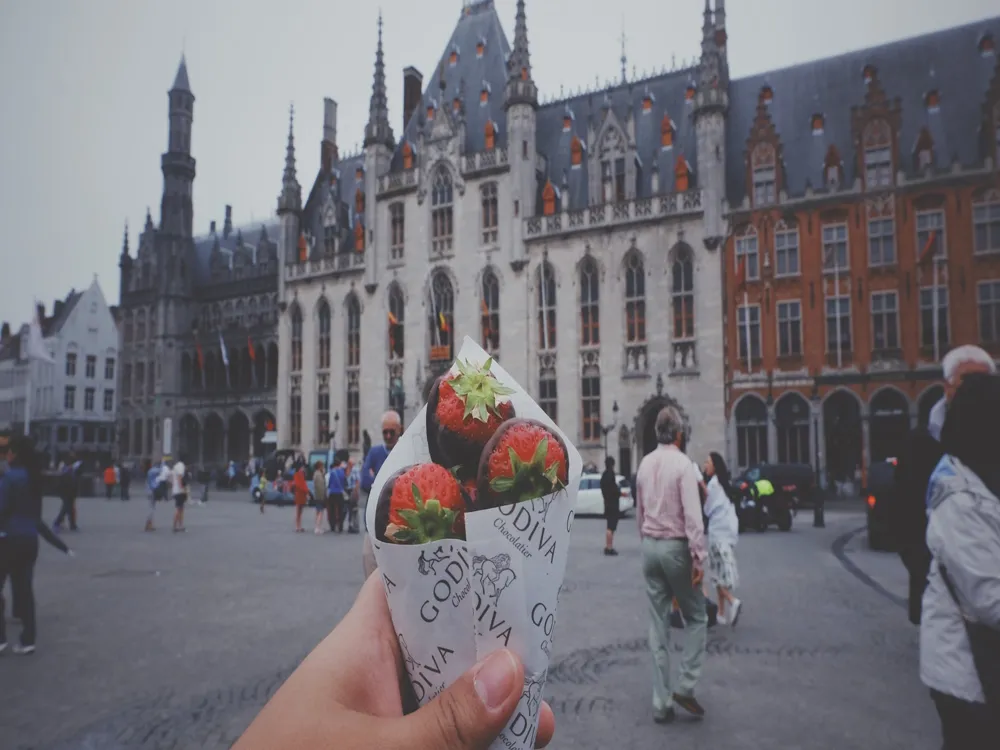
Located in Groeninge, Boniface Bridge takes you through the historical facet of the city with mystical views. This is the most photogenic bridge in Bruges that overlooks the river, Reie. The visit to this Bridge comes with guides, providing information about the history of the bridge.
The Boniface Bridge happens to be one of the youngest bridges in Bruges. The Boniface Bridge is at a walkable distance from the Church of our Lady. This magical bridge is coupled with a romantic park where you can take strolls and click selfies with stunning backdrops. Make sure to visit early in the morning to avoid crowd.
Read More
Bruges Travel Packages
View All Travel Packages Bruges
Nearby Places Bruges
Browse Package Collections
Browse Hotel Collections










